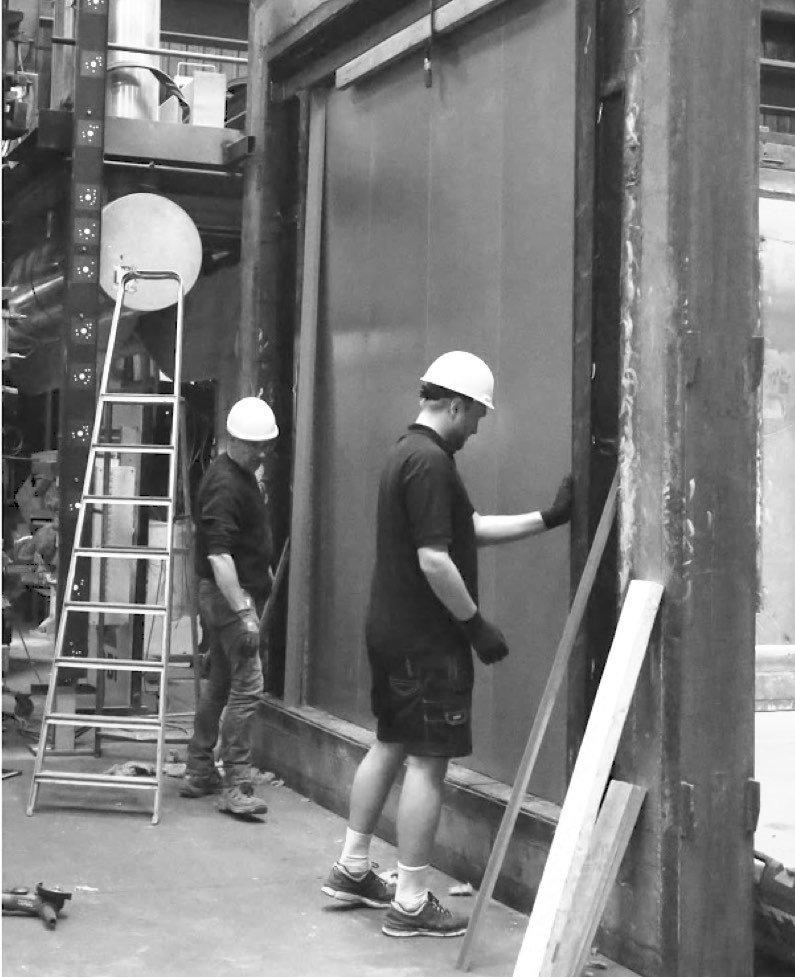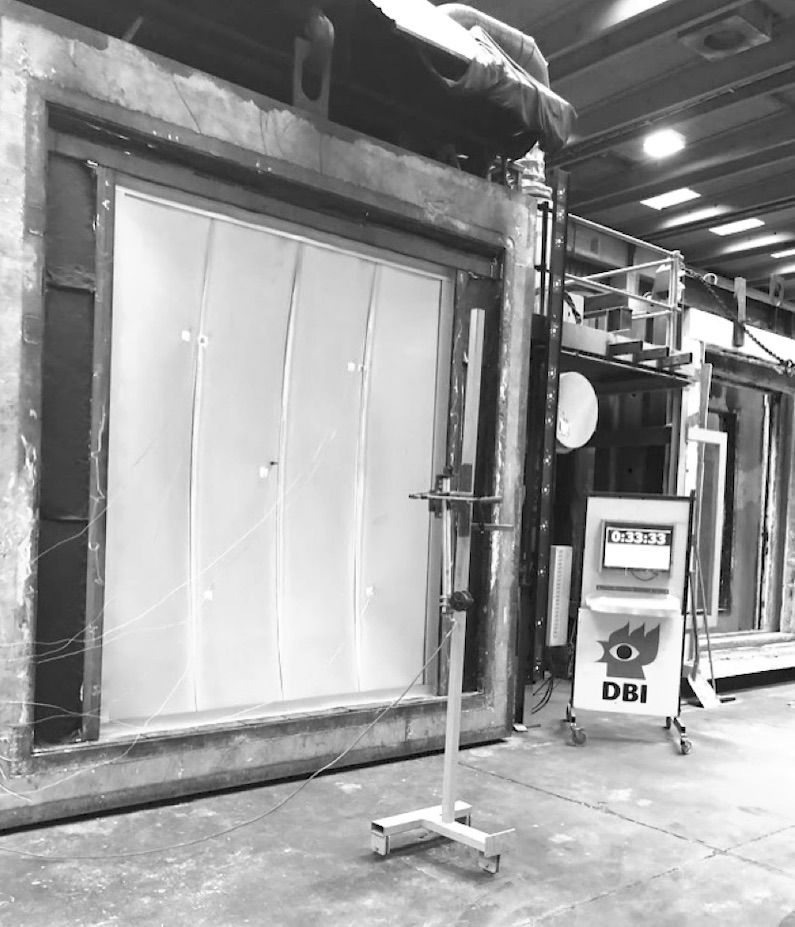The shipbuilding and offshore industries set very high requirements for safety on board. Products and construction to be used for fire protection must be tested for their fire resistance, in accordance with the rules and regulation set by the International Maritime Organization (IMO). Based on the approved test result, the Classification Institutes and National Marine Authorities grant the required approval.
IMO has developed a code for application of fire test procedures, called 2010 FTP Code. It provides the international requirements for laboratory testing, type-approval and fire test procedures for products referenced under SOLAS chapter ll-2, which includes regulation on fire protection.
A part of the 2010 FTP Code describes the test procedures and performance criteria for “A” and “B” class divisions (IMO 2010 FTP Code part 3 of annex 1), which are applicable for Norac’sfire-rated products. The products are tested at certified laboratories, where they are mounted to a furnace and exposed to heat on one side. The heat follows a given temperature curve, which will reach temperatures of 600 °C after only 5 minutes.

The test duration is 60 minutes for an “A” class division and 30 minutes for a “B” class division. There are two main performance criteria for “A” and “B” class divisions, insulation and integrity.

Integrity:
For all “A” and “B” class divisions, including “A” and “B” doors, there should be no flaming on the unexposed side during the test duration. A cotton-wool pad can be used to assist the evaluation of flaming. It shall during the test period, be no openings in the division large enough for a gap gauge to be passed through the test specimen.
Insulation:
A test specimen is equipped with thermocouples measuring the temperature rise on the unexposed side. Both the average temperature rise, and the maximum temperature rise is measured. For both “A” and “B” class divisions, the average unexposed-face temperature rise shall not be more than 140 °C. The maximum temperature rise recorded by any of the individual unexposed-face thermocouples shall not be more than 180°C for “A” class divisions and 225 °C for “B” class divisions during the periods given below for each classification:
- A-0 class 00 min
- A-15 class 15 min
- A-30 class 30 min
- A-60 class 60 min
- B-0 class 00 min
- B-15 class 15 min
